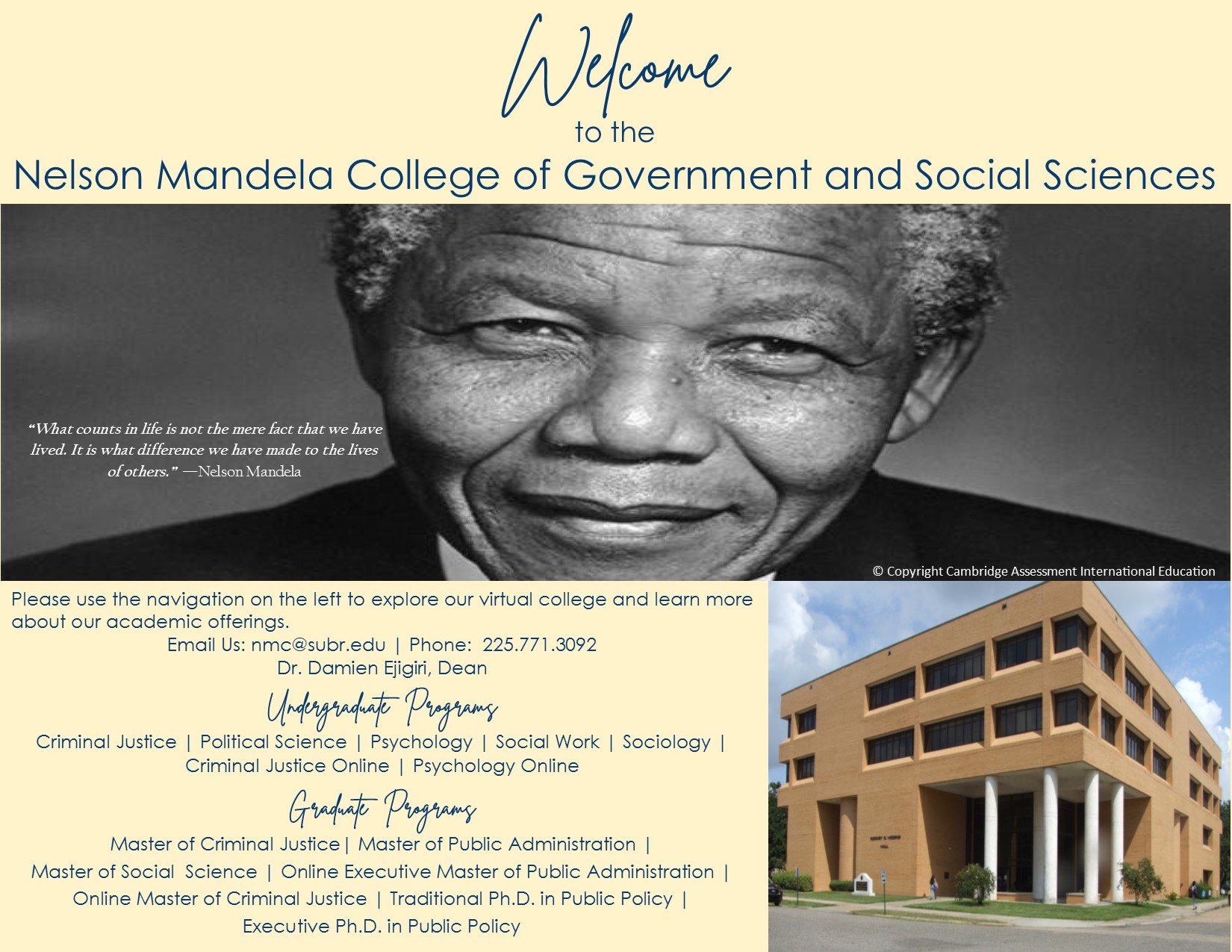
ICRC Humanitarian Operations in the Democratic Republic of Congo: Advancing Sustainable Development Goals
Safe Transport of Disarmed Armed Forces and Families
The International Committee of the Red Cross (ICRC) recently facilitated the safe and humane transportation of 1,359 disarmed members of the armed forces and national police, along with their families, from Goma to Kinshasa in the Democratic Republic of Congo (DRC). This operation covered nearly 2,000 kilometers, crossing multiple conflict zones, and was conducted based on the trust all parties place in the ICRC’s impartiality.
Contribution to Peacebuilding and Humanitarian Relief
- The ICRC ensured the transportation was safe, voluntary, and respectful of human dignity.
- Humanitarian agreements were promoted to reduce tensions and alleviate suffering in eastern DRC.
- These discreet operations play a critical role in creating space for peacebuilding efforts and mitigating human suffering.
Addressing Family Separation Amid Displacement
With the worsening humanitarian crisis in the DRC leading to cross-border displacement, family separations have increased, particularly affecting vulnerable children. In response, the ICRC, in collaboration with National Societies in the DRC, Burundi, Uganda, and Rwanda, has implemented communication services to reconnect displaced families.
- Provision of phone and internet services to displaced persons and refugees.
- Enabling hundreds of individuals to re-establish contact with their loved ones across borders.
Alignment with Sustainable Development Goals (SDGs)
- SDG 3: Good Health and Well-being – Ensuring safe and humane transport supports physical and mental health of displaced populations.
- SDG 10: Reduced Inequalities – Facilitating family reunification and protection of vulnerable groups reduces social inequalities.
- SDG 16: Peace, Justice, and Strong Institutions – Promoting humanitarian agreements and impartial interventions fosters peaceful and inclusive societies.
- SDG 17: Partnerships for the Goals – Collaboration between the ICRC and National Societies exemplifies effective partnerships for humanitarian impact.
These efforts underscore the ICRC’s commitment to advancing the Sustainable Development Goals through humanitarian action in conflict-affected regions.
Read more about our operations in DRC.
1. Sustainable Development Goals (SDGs) Addressed or Connected
- SDG 3: Good Health and Well-being – The article discusses humanitarian efforts to ensure safe and humane transport of disarmed armed forces members and their families, which relates to health and well-being in conflict zones.
- SDG 10: Reduced Inequality – The support for displaced people and refugees to reconnect with families addresses social inclusion and reducing inequalities, especially for vulnerable groups like children.
- SDG 16: Peace, Justice and Strong Institutions – The ICRC’s role in facilitating safe transport and humanitarian agreements to reduce tensions directly relates to promoting peaceful and inclusive societies.
- SDG 17: Partnerships for the Goals – Collaboration between the ICRC and National Societies across multiple countries highlights partnerships essential for achieving humanitarian and development goals.
2. Specific Targets Under Those SDGs Identified
- SDG 3
- Target 3.8: Achieve universal health coverage, including access to quality essential health-care services and access to safe, effective, quality and affordable essential medicines and vaccines.
- SDG 10
- Target 10.2: Empower and promote the social, economic and political inclusion of all, irrespective of age, sex, disability, race, ethnicity, origin, religion or economic or other status.
- SDG 16
- Target 16.1: Significantly reduce all forms of violence and related death rates everywhere.
- Target 16.3: Promote the rule of law at the national and international levels and ensure equal access to justice for all.
- Target 16.7: Ensure responsive, inclusive, participatory and representative decision-making at all levels.
- SDG 17
- Target 17.16: Enhance the global partnership for sustainable development, complemented by multi-stakeholder partnerships that mobilize and share knowledge, expertise, technology and financial resources.
3. Indicators Mentioned or Implied to Measure Progress
- Indicator for SDG 3.8: Proportion of population covered by health insurance or access to essential health services — implied through the safe and humane transport and care of displaced persons and armed forces members.
- Indicator for SDG 10.2: Proportion of people living below 50% of median income, by age, sex and persons with disabilities — implied by efforts to reconnect displaced families and reduce social exclusion.
- Indicators for SDG 16.1 and 16.3:
- Number of victims of intentional homicide per 100,000 population, by sex and age.
- Proportion of population who feel safe walking alone around the area they live.
- These are implied by the reduction of violence and safe transport operations facilitated by the ICRC.
- Indicator for SDG 17.16: Number of countries reporting progress in multi-stakeholder development effectiveness monitoring frameworks — implied by the cooperation between ICRC and National Societies across countries.
4. Table of SDGs, Targets and Indicators
| SDGs | Targets | Indicators |
|---|---|---|
| SDG 3: Good Health and Well-being | 3.8: Achieve universal health coverage, including access to quality essential health-care services. | Proportion of population covered by health insurance or access to essential health services (implied). |
| SDG 10: Reduced Inequality | 10.2: Empower and promote social, economic and political inclusion of all. | Proportion of people living below 50% of median income, by age, sex and disability (implied). |
| SDG 16: Peace, Justice and Strong Institutions |
16.1: Significantly reduce all forms of violence and related death rates. 16.3: Promote rule of law and ensure equal access to justice. 16.7: Ensure inclusive and representative decision-making. |
Number of victims of intentional homicide per 100,000 population (implied). Proportion of population who feel safe walking alone (implied). |
| SDG 17: Partnerships for the Goals | 17.16: Enhance global partnerships for sustainable development. | Number of countries reporting progress in multi-stakeholder development effectiveness monitoring frameworks (implied). |
Source: icrc.org







